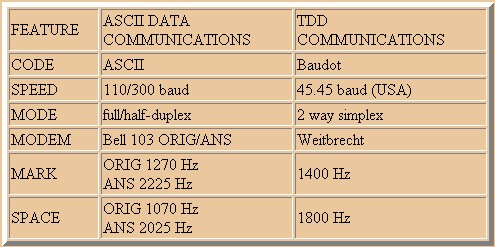|
|


Emergency Response Systems
 This section of our technical library presents articles written about Emergency Alert Systems and Disaster Recovery definitions, terms and related emergency technology information.
This section of our technical library presents articles written about Emergency Alert Systems and Disaster Recovery definitions, terms and related emergency technology information.
The 911Broadcast emergency notification and alert service can deliver a large number of phone calls using a network of phone systems employing digital phone lines simultaneously. Should a disaster such as a snow storm, wild fire or flood hit your area, 911Broadcast systems can alert your community quickly providing specific instructions if an evacuation is required.
This emergency alert service is available using our emergency broadcasting systems. If a dangerous chemical spill occurs in your community, you can target specific areas to call. If a severe snow storm hits your area, your community can be notified of school closings or event cancellations.
Our emergency notification service broadcasts pre-recorded voice messages for normal phones as well as Hearing Impaired TDD / TTY Phone devices. For additional information on our technology,
visit our TDD and TTY web page.
The History of TTY and TDD
The following is an extract from an article regarding TDD devices for the hearing impaired entitled
"The TTY or TDD -- Telecommunications For The Deaf" from the website www.amrad.org.
"First, the acronyms... The term "TTY" derives from "Teletype", which is a registered trademark of the Teletype Corporation. Like the word "aspirin", which was originally a trademark, the term "teletype" has become almost generic. The corporation's lawyers might not like hearing me say so, so I'll refer to the massive mechanical marvels by their truly generic name of "teleprinters". (Don't sue me!)
"TDD", a later term, stands for "Telecommunications Device for the Deaf". Many people use the two terms interchangeably, while others use TTY for mechanical teleprinters and TDD for the modern electronic gadgets which perform the same function in a fraction of the size and weight. More recently, the Federal Communications Commission, in hopes of not offending anybody, has come up with yet another term for the same thing. In one of their recent orders, they call it a "text telephone". With any luck, everybody but the lawyers will forget that one.
The TTY was first developed by Robert Weitbrecht, a deaf physicist. He was also a ham, and was familiar with the way hams use teleprinters to communicate over the air. He realized that these machines, which were becoming available in large numbers from military and telephone company surplus, could be used by deaf people to "talk" over the phone. He developed and patented a modem which, when coupled to a teleprinter, allowed them to do just that. The technology is very similar to that still used by hams: it uses Frequency Shift Keying (FSK) and a single tone pair, so that only communication can only take place in one direction a time.
Mechanical printers have been largely replaced by solid state devices using transistorized circuitry and LED or LCD displays. They are small and light weight, hence portable. Some have been marketed that are the size of a pocket calculator.
The following shows the differences between TTY modems and their nearest ASCII relative, the Bell-103 "300 baud" modem. The owner of a computer can rather easily modify his software to convert between the ASCII code used in microcomputers and the Baudot code used by the TTY. In the past, it has been harder to get a modem which is compatible both with a computer and with the TTY. Early on, the usual procedure was to convert an ASCII (Bell-103 compatible) modem or to build a TTY modem from scratch. This procedure was used on the earliest versions of the HEX in the late 70s. Fortunately, commercial products are now available.
There are several differences between the protocols used by ASCII terminals and those in use by the TTY. The following attempts to clarify these.

In the Weitbrecht modem, tones are transmitted only for slightly longer than the duration of a transmitted character, so the party at the other end can interrupt.
Notice also that the mark is high for the Bell 103 and is the low tone for the Weitbrecht. This means that in converting a a Bell 103 modem to TTY use, the data will be inverted from RS-232 standard and the mark hold circuitry will need to be inverted.
Line supervision is also different in these modems. In Bell-103 protocol, the presence of the tone carriers gives positive indication of the status of each end of the link. In the Weitbrecht case, however, the absence of tones except while characters are being transmitted results in there being no positive way to test the status of the link. To aid the deaf, a lamp is provided on most Weitbrecht modems and TTYs which varies in intensity when there are signals on the line, so that the ringing and busy signals are recognizable."
This article was extracted from www.amrad.org, the home page for HEX (Handicapped Educational Exchange).
The Purpose Of HEX
The Handicapped Educational Exchange (HEX) BBS serves as a clearinghouse for information about the use of technology to aid disabled people. It also provides a way for disabled people and their friends to exchange information and ask questions.
HEX provides the usual BBS services: public and private email, file transfers (up- and downloads), and bulletins. All these services are available to TTY users except file transfer, this exception being caused by the fact that a TTY can't store data.
|




 This section of our technical library presents articles written about Emergency Alert Systems and Disaster Recovery definitions, terms and related
This section of our technical library presents articles written about Emergency Alert Systems and Disaster Recovery definitions, terms and related 